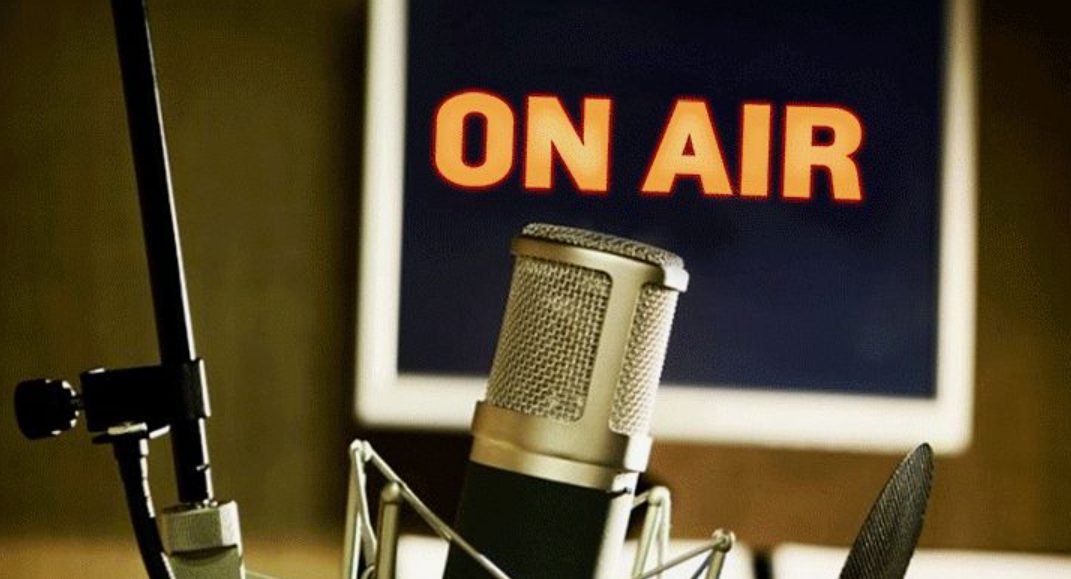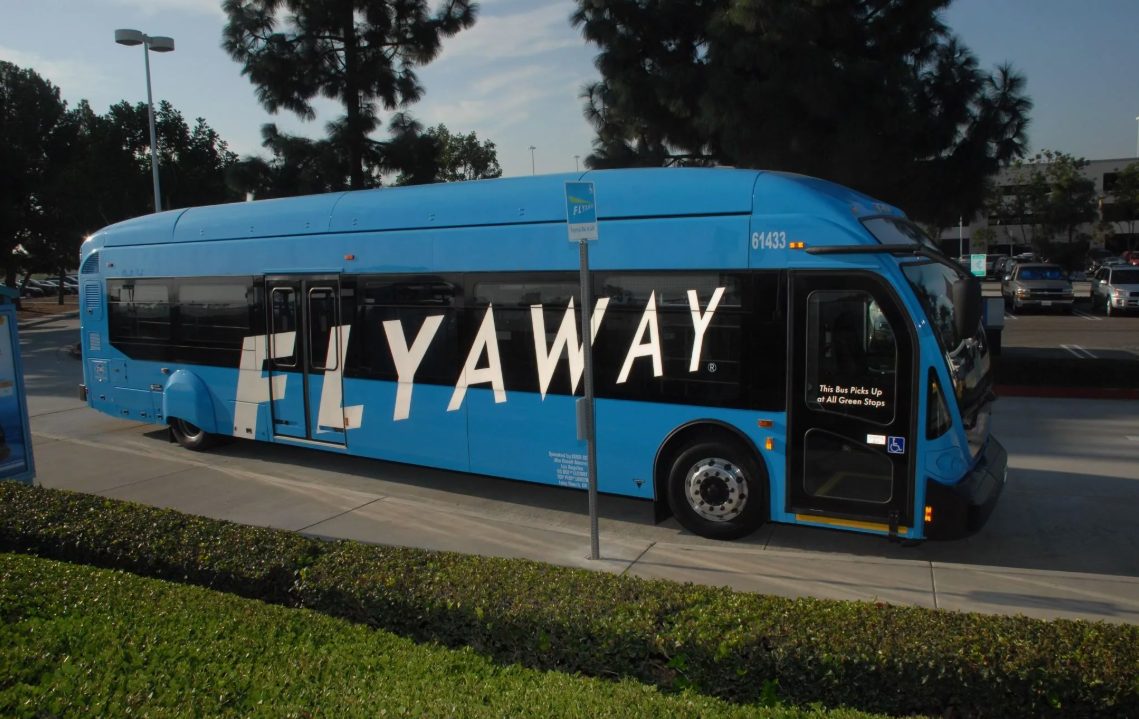Looking to connect with a large audience? Radio advertising is a tried-and-true method. From catchy jingles to compelling stories, radio ads can leave a lasting impression. It’s a great platform, but understanding the costs is crucial. That’s why we’ve created this blog post, which breaks down everything you need to know about radio advertising rates. Keep reading to get the details!
How To Advertise On Radio?
Radio advertising in Sydney can be a powerful way to reach a wider audience. It’s like having a conversation with potential customers in their cars, homes, or workplaces. To make the most of radio advertising, a person needs a solid plan. To craft a perfect plan, you first need to know how it works.
Here’s a breakdown of how you can advertise on radio:
1. What’s the Goal?
First, it’s important to know what you want to achieve. Do you want people to know your brand exists? Are you trying to get them to visit your store or website? Maybe you have a special offer you want to promote? Having a clear goal will guide all the other decisions, including radio advertising rates.
2. Who’s Listening?
Next, consider the ideal customer. How old are they? What are their interests? Where do they live? This information helps determine which radio stations they’re likely to listen to, which can be helpful when calculating radio advertising rates. For example, if you’re selling products to teenagers, you might want to advertise on a station that plays popular music for that age group. This strategy can also be effective for different types of outdoor advertising in Australia
3. Choosing the Right Stations
Now, it’s time to pick the stations that your target audience tunes into. Each station has a different style and attracts different listeners. Some stations might play news and talk shows, while others focus on music. Researching the stations in your area and their listener demographics is key to choosing the right one.
4. Making a Great Ad
The ad itself needs to be catchy and memorable. It should tell a story or highlight the benefits of your product or service. Think about what makes your business unique and how to convey that in a short, engaging message. You might want to use music, sound effects, or a voice that resonates with your audience.
5. Planning the Airtime
When should the ads run? How often should they run? Start by answering all these questions. The answer depends on your budget and your target audience’s listening habits. For example, you might want to run more ads during rush hour, when people are commuting, or during specific programs that your target audience enjoys.
6. Keeping Track and Making Changes
Once the ads are running, it’s important to monitor their performance. Are people responding? Are they visiting your website or store? Tracking the results will help you understand what’s working and what’s not. To get the best results, you should tweak the ad content, the stations you’re radio advertising in Sydney on, or the timing of your ads.
Remember, radio advertising can be a very effective way to reach a large audience, but it requires careful planning and execution. By following these steps, a person can create a successful radio campaign that helps them achieve their business goals.
How Radio Advertising Costs Are Calculated?
Radio advertising rates are typically calculated on a per-spot basis. This means you’re charged each time your ad airs. For example, if your ad runs five times daily over a week, that’s 35 spots. If each spot costs $100, your total expenditure would be $3,500 + GST.
Factors That Affect the Cost of Advertising on Radio
Several elements influence radio advertising costs in Australia. These include:
- Ad Length: Standard ads are 30 seconds, but durations can vary. Longer ads generally incur higher radio advertising rates. For instance, a 60-second ad may cost twice as much as a 30-second spot. Consider the complexity of your message when choosing ad length; sometimes, a shorter, impactful ad can be more effective than a longer, drawn-out one. Strategically using shorter ads can also help stretch your budget further.
- Time Slots: Premium times, such as morning (6 a.m. to 9 a.m.) and evening commutes (3 p.m. to 7 p.m.), command higher radio advertising rates due to increased listenership. In metropolitan areas, radio advertising rates can range from $200 to $2,000 per spot. These peak times offer maximum exposure, but it’s important to weigh the increased cost against the potential return on investment. Targeting specific time slots can also help you reach your desired demographic more effectively.
- Frequency: The number of times your ad airs affects the overall radio advertising rates. A higher frequency can enhance message retention but will increase expenses. This is a key consideration for all advertising mediums, including outdoor advertising in Australia, where frequency impacts both visibility and budget. Remember that repetition can build brand recognition and drive consumer action.
- Radio Stations: Stations with larger audiences or those in major cities like Sydney often have higher radio advertising rates. For example, a 30-second slot on a popular Sydney station can cost between $200 and $500. While advertising on popular stations can be expensive, it can also provide access to a wider audience. Consider your target audience and choose stations that align with their listening habits.
By understanding these factors, you can make informed decisions about your radio advertising strategy and allocate your budget effectively. Remember that radio advertising rates are not static; negotiation is often possible, especially for larger campaigns or longer-term commitments. Don’t hesitate to contact multiple stations to compare their rates and packages, and be prepared to discuss your budget and campaign goals.
What Is the Ideal Frequency for a Radio Campaign?
Achieving the right frequency is vital. Listeners should typically hear your ad at least three times to ensure the message reaches them. This concept, known as effective frequency, suggests that a frequency of 3+ is optimal for listener engagement.
This principle also holds true for outdoor advertising in Australia or any other visual form of advertising, where consistent exposure is key to campaign success.
How Much Should You Budget for Your Radio Advertising Campaign?
Budgeting when calculating radio advertising rates depends on various factors, including market size and campaign objectives. In major cities like Sydney, an effective campaign might require a budget of around $10,000 to $15,000 per month to achieve the necessary frequency and reach. In smaller regional areas, costs can range from $2,000 to $5,000 per week. However, it is important to know your objectives to find the right cost. This applies to outdoor advertising in Australia as well.
Conclusion
Understanding radio advertising rates and the factors influencing them is essential for crafting a successful campaign. Don’t be afraid to experiment and track your progress to fine-tune your strategy and ensure your message reaches the right ears at the right price. With careful planning and execution, radio advertising can be a powerful tool in your marketing campaign.
To know more about radio advertising, you can give us a call at 1300 889 115.



